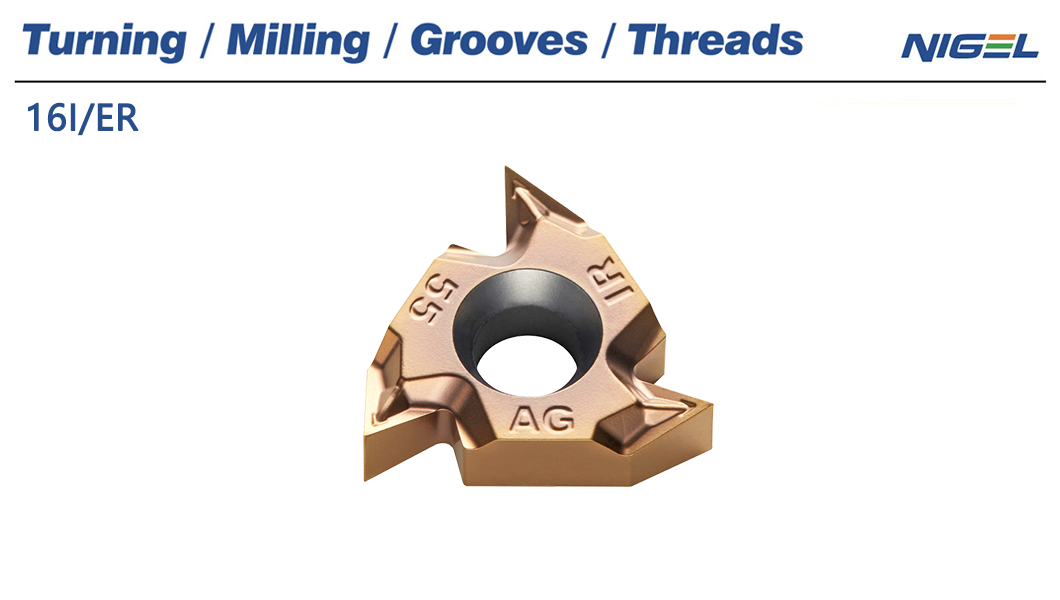Insert geometry is a major determinant of good, clean cutting when you’re cutting types of material. The three factors to consider before selecting the appropriate insert geometry for the job are wiper geometry, positive rake angles, and honed cutting edges. Let’s drill down on each to learn how they work, and which might be right for you.
role of wiper edges in insert geometry
Those wiper edges are tiny little passengers that come for a ride when you are cutting something with an insert. They are used to smooth out any rough spots that the primary cutting edge leaves behind, to make things nice and even. This can come in very handy when you want an ultra smooth finish for your work piece. They make wiper edges as though they were putting the finishing touch on a situation that provides you with everything.

The advantages of cutting inserts with positive rake angles
Positive rake angles are all about taking it easy on the cutting edge. Positive rake angle means the insert is leaning in a direction to help it glide easily through the work material. It also means you need to exert less force to make the cut, which in turn may help save wear and tear on your tools, and ultimately, your energy. A positive rake angle is your cutting tool’s best friend when you need to get it done quickly and with less effort.
How Sharp(er) One of the manufacturers that supplied the inserts, Pramet, had a preview of a soon-to-come spindle line that may put such examples to shame.
Sharpened cutting edges are to cutting tools what a sharp knife is to the kitchen – it makes all the difference in the world when you go to cut things. When you sharpen the cutting edge of an insert, you ensure it’s super sharp and will be able to slice through whatever material you’re cutting into. This can be a very effective way to enhance the performance of your machining tools, making them more efficient and accurate. Sharpened cutting edges are a real life dream helping you to get the job done and done right, each and every time.
How to select correct insert geometry for certain part machining requirement
Selecting the appropriate insert lathe cutting inserts geometry for your application In the case of choosing the right insert geometry for your application, consider what type of material you will be cutting, the finish you required and level of force you want to use. If you’re working with difficult-to-cut materials, you may want to opt for positive rake angles to help make your job easier. Wiper edges are perfect for ultra-smooth finishes. And for those who value accuracy, sharpened cutting edges can assist you in getting the most exact cuts available time after time.
Wiper edges, positive rakes and honed cutting edges.
"In short, wiper edges help to remove rough spots, positive cbn cutting inserts rake angles lower the cutting force, and honed cutting edges optimize the accuracy. Both of these insert geometries have advantages you can leverage to simplify and improve your machining operations. Learn the differences between wiper edges, positive rakes and honed cutting edges so you can select the ideal insert geometry for your application and achieve superior results with every cut.
So, the next time you’re working on a machining project with your Nigel Tools, consider insert geometry and how pcd cutting inserts wiper edges, positive rake angles, and honed cutting edges can ensure you the results that you’re looking to achieve. Happy machining!